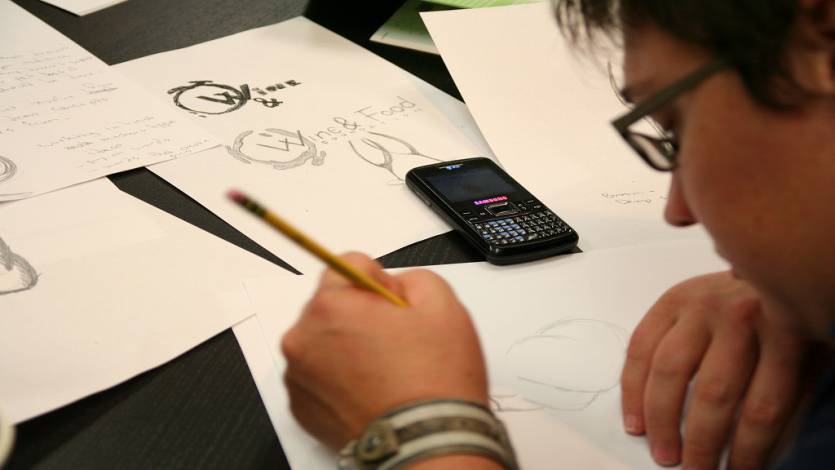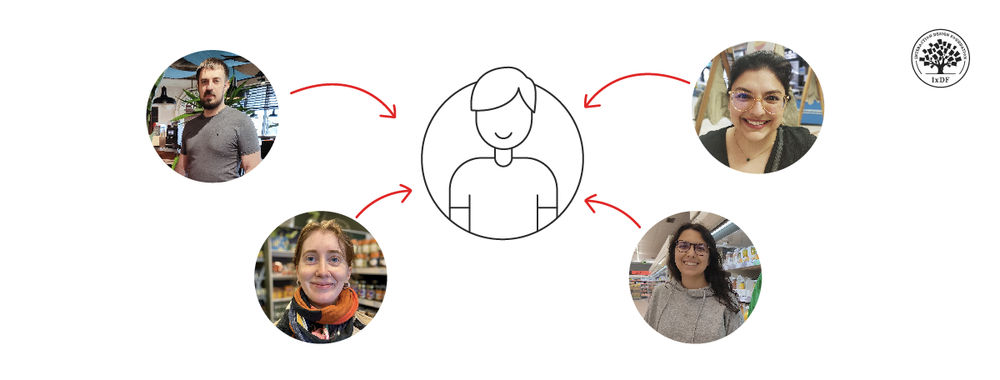If there’s any sector that needs to deliver a pleasing user experience; it’s the non-profit sector. Doing good costs money and that means they rely on their users to fund their work. A poor online experience can deter volunteers, sponsors, and even those looking to make a small donation. Yet, it is this sector, apart from some of the largest charities, that often has no budget to examine their online user experience at all.
A Career Opportunity
It can be hard to get a break in UX. Employers are really looking for people with experience. Training a UX person on the job in small organizations is impossible; they don’t have the budget to do it. That leaves would-be UX folks looking in from the outside wondering how to get the experience if no-one will give it to them.

Author/Copyright holder: Clarkston SCAMP. Copyright terms and licence: CC BY-NC-ND 2.0
We don’t normally encourage working for free but if there’s a cause you are passionate about and would be willing to give a few hours a week/month to – then you could do much worse than donate your time to your favourite non-profit.
How to Begin
We’d suggest that you write to a local non-profit or two and ask them who to contact regarding volunteering to improve their online presence. Enclose a copy of your CV, portfolio and give an explanation of why they might want to look at the UX of their website.

Author/Copyright holder: Wikiphotos. Copyright terms and licence: CC BY-NC-SA 3.0
If you’re asked to interview; take it as seriously as a real paying job. You may be giving your time for nothing but non-profits are often incredibly busy and even an interview can take a big chunk of time from a very stressed leader.
What to Do When You Get There
Given that a volunteer UX professional in a non-profit is likely to be given no budget to spend (at least until they’ve shown that UX work brings results in the form of donations and/or volunteers) you will need to be creative with what you do.
Before you start; you should try and agree some objectives for the website with the non-profit. What do they want to achieve that they are not achieving?

Author/Copyright holder: The Dabbling Speechie. Copyright terms and licence: All rights reserved Img source
Then it’s time to look at why they are not achieving that. Guerrilla research can be conducted very cheaply and without much in the way of equipment and it’s a good place to start to answer any big questions you have.
You may also be able to get access to a database of volunteers or sponsors and be able to conduct a survey or two to find out what’s needed.With a bit of creativity, and a little time, you can normally keep costs to a minimum and still find useful information.
You may need to implement some of the solutions yourself (no staff, no budget, etc. may be available for improvements) so a little web design and development skills may go a long way to help you out. Don’t forget to measure your results and to treat the process as an iterative one. Once you can start showing results – it’s probably time to start looking for that first paying job.
Header Image: Author/Copyright holder: AIGA Austin. Copyright terms and licence: CC BY-ND 2.0












